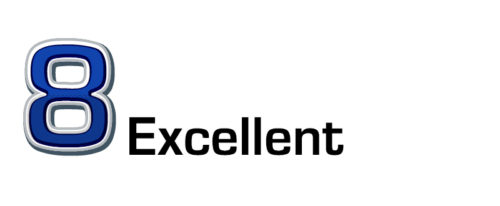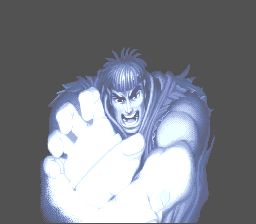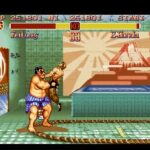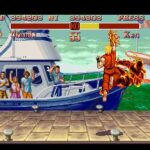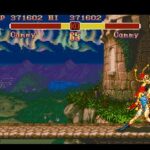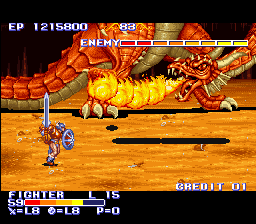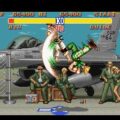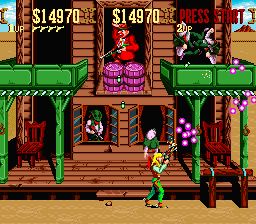Developer: Capcom Publisher: Capcom Release: 07/18/94 Genre: Fighting
Capcom were on a roll with their arcade ports of Street Fighter II to the various 16-bit platforms of the day. The versions released on the SNES, Genesis, and especially PC Engine were above and beyond what everyone thought possible and delivered the arcade experience at home. But the minor revisions to Street Fighter II were starting to add up. It was a hard sell to ask people to fork over $60 or $70 for yet another slight update. Super Street Fighter II falls in to this category. By all accounts it is a stellar conversion on the SNES. But even I had a hard time justifying it after buying Street Fighter II Turbo less than a year prior. However that is a time long past. Objectively Super Street Fighter II only suffers for not being a port of the new Super Street Fighter II Turbo.
Super Street Fighter II despite being another revision of the original is probably the biggest major update of the game. The move to the CPS II arcade board means all of the graphics have been redrawn and the audio re-recorded. The new art style is both familiar and a marked improvement. In addition to further balancing of the characters almost every returning character has one new move. But the most exciting addition is the four new characters: Fei Long, T-Hawk, Cammy, and Dee Jay who have all gone on to become fan favorites. It was a tall order to port Super Street Fighter II to the SNES and Genesis but Capcom have done an excellent job all things considered.
At the time of its release Super Street Fighter II had one of the largest fighting rosters at sixteen characters. Most of the returning cast gain new moves to round out their tool kit. Ken and Ryu gain further distinction with their flaming dragon punch and Shakunetsu Hadōken respectively as well as distinct voices. Balrog has a head butt as an anti-air while Vega and Sagat have jumping punch attacks, a curious omission before. The new challengers are the most exciting as they introduce new play styles. Fei Long is designed to trap and pressure players with his gap closers. Cammy is a rush down character while T-Hawk is a grappler. Dee Jay is the most versatile since adapts on the fly although he does not excel in any category. It sounds minor but after years of basic revisions having new characters adds life to the game.
The most controversial aspect of Super Street Fighter II was reducing the game speed from Turbo Hyper Fighting. What started life as an unintentional feature of bootleg arcade units eventually became an indelible part of the game. Once you experience the faster pace of Turbo Hyper Fighting it is near impossible to go back. Capcom include a few speed settings for the home ports that alleviate this somewhat although it is not as fast. The slower pace was an attempt to highlight additions such as reversals, a combo counter, and the removal of re-dizzy combos which lead to better balancing as characters like M. Bison and Zangief were no longer grossly overpowered. But Super Street Fighter II feels like a regression regardless of its redrawn art. The fact that there would be yet another revision less than a year later that adds turbo speed drives that point home even further.
As the first CPS II game Capcom had their hands full porting Super Street Fighter II to the 16-bit platforms. They have done an exemplary job considering the constraints they were up against. The SNES replicates the look of the CPS II arcade game extremely well. The redrawn art is a good match for the SNES large color palette and looks great. Capcom even took the time to add in some (but not all) of the details missing from prior SNES ports. There is a notable loss in animation frames and there is some slight slowdown but overall the game looks great. Sound is where things become mixed. The music is of good quality. But the sound effects are lack impact. More importantly many of the voice samples are missing despite being on a larger cartridge. This is one area SFII: Turbo fares better.
In Closing
Super Street Fighter II is one of the best fighting games on the SNES. Regardless of how you feel about the shift in gameplay at its core it is still Street Fighter. That means it has one of the best foundations in the genre. The timing of the home ports could not have been worse; Super Street Fighter II Turbo was already in arcades. While you have the option to increase the speed in the home ports it is nowhere near as fast as that game and is also missing the further additions it adds such as Akuma. It kind of makes base Super Street Fighter II feel obsolete.
